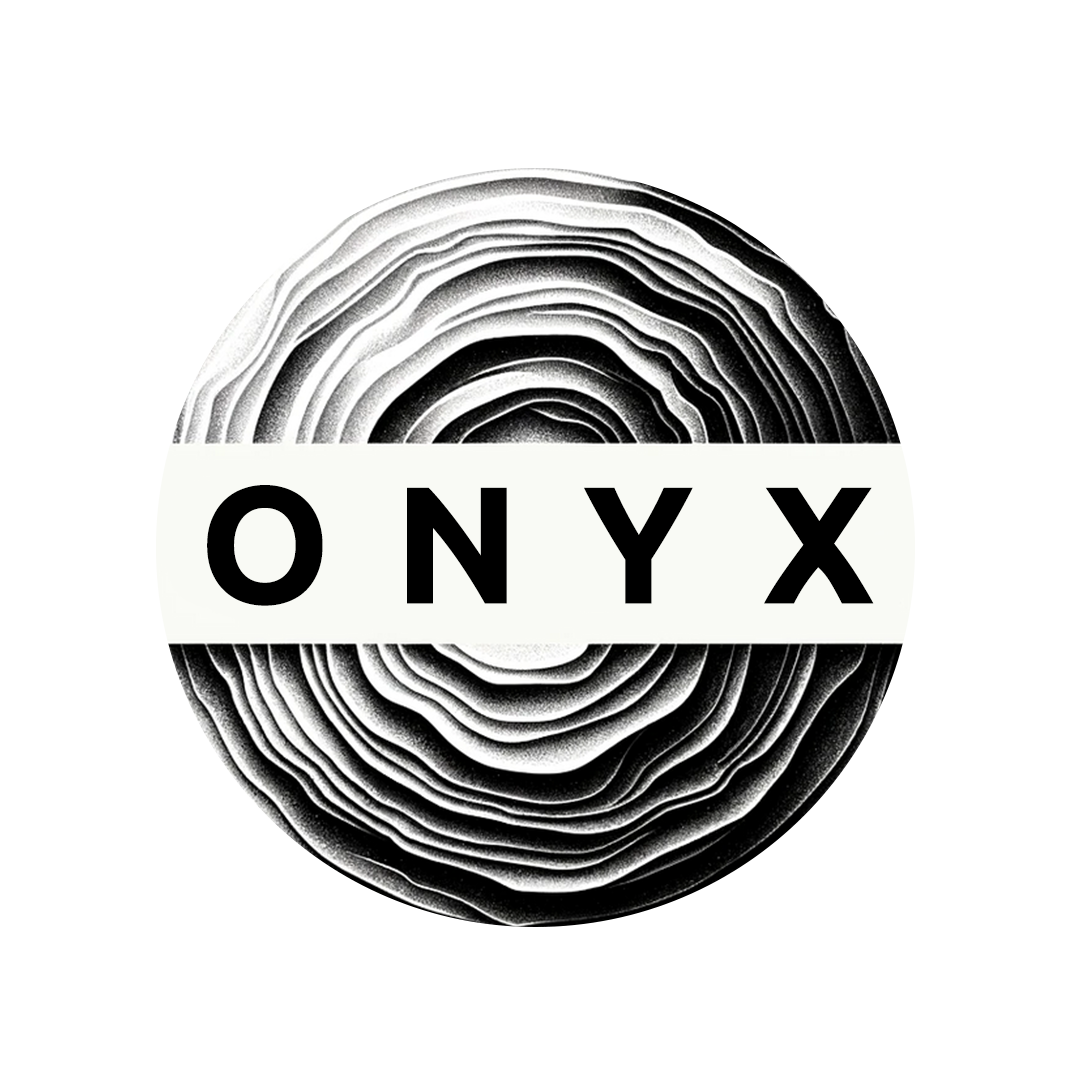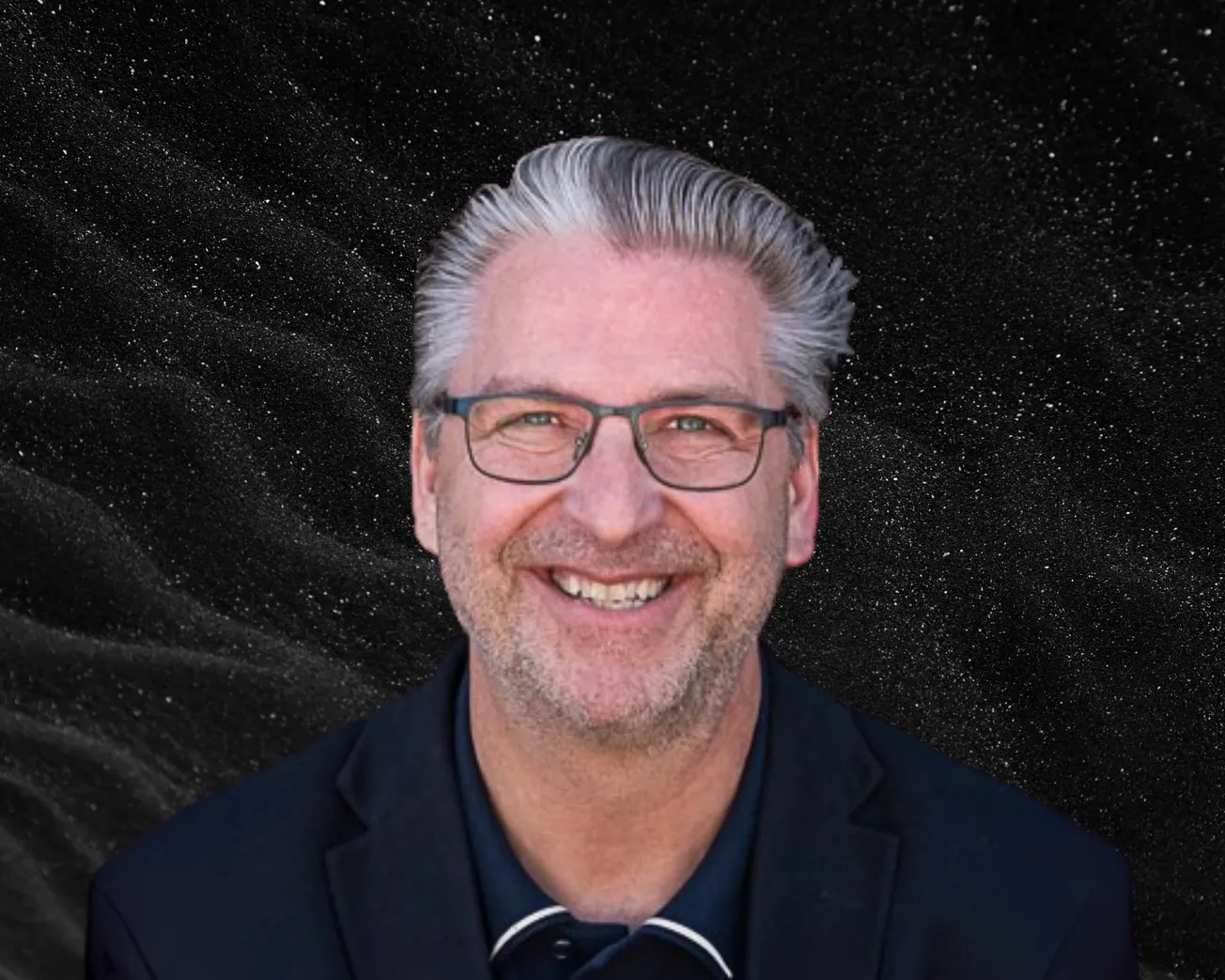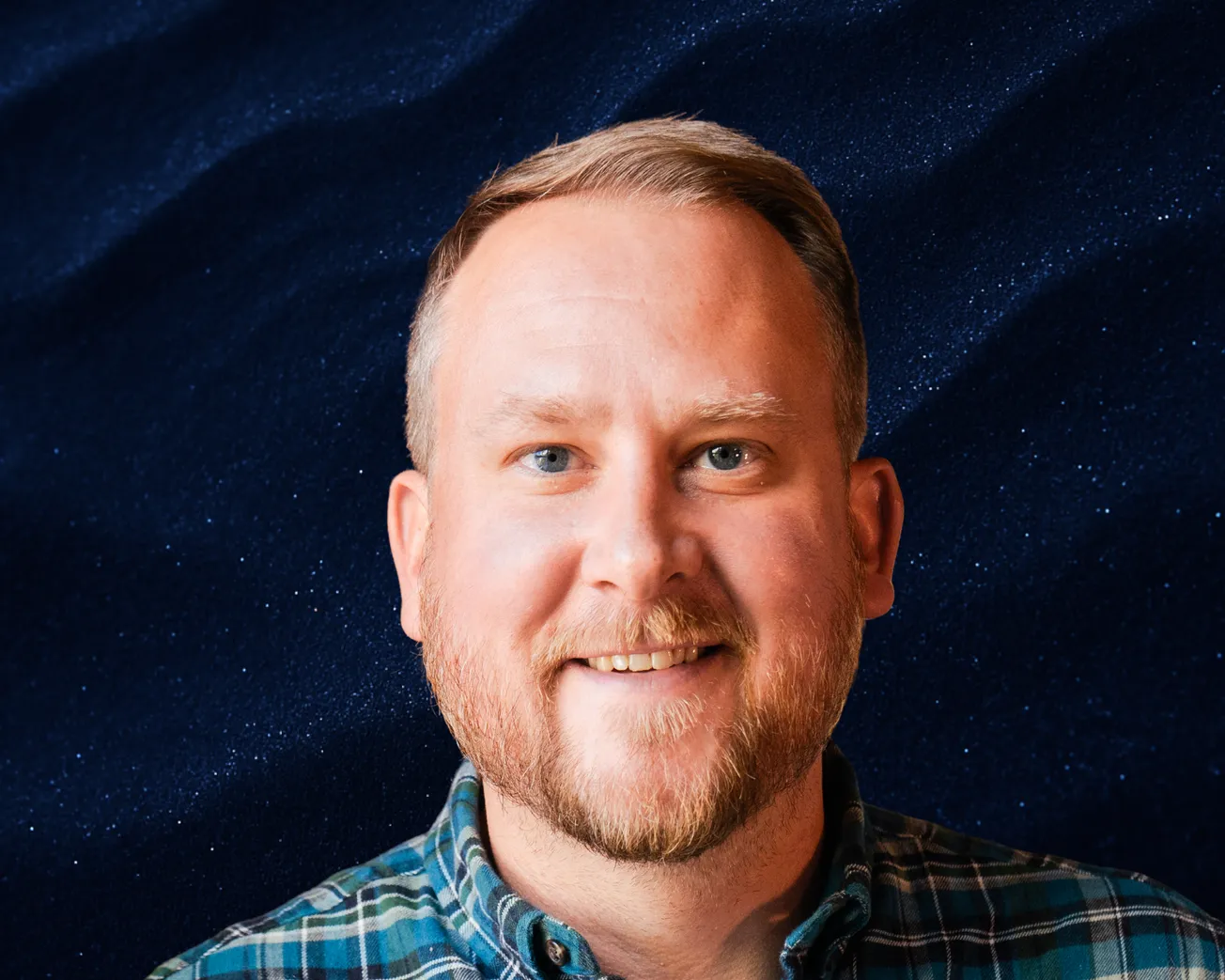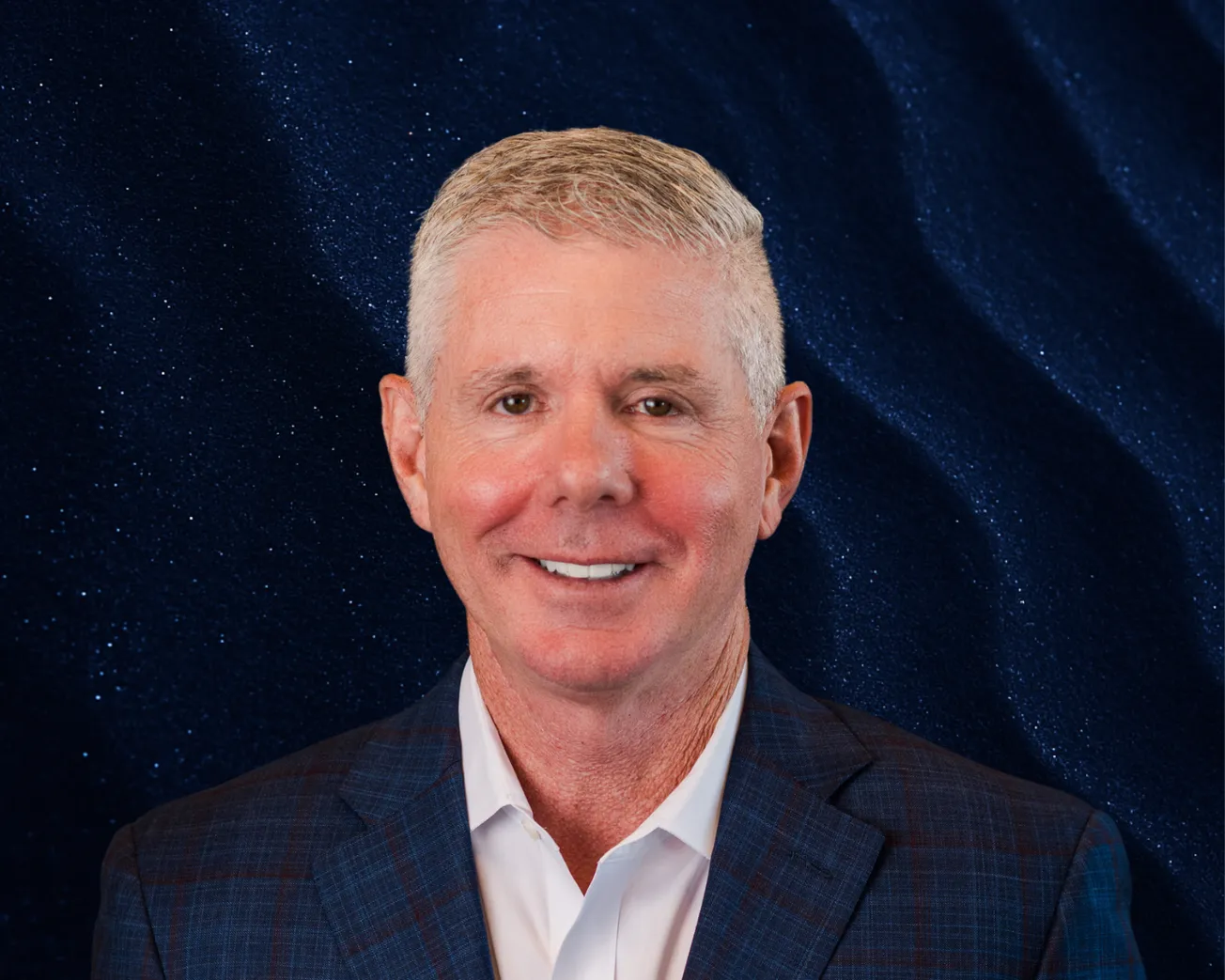Table of Contents
Bill Malus, CEO of Natel Energy, sat down with Onyx for a feature-length interview.
What led you to become the CEO of Natel Energy?
I began my career as a chemical engineer from the University of Waterloo, and that provided me with a strong analytical foundation. For over 25 years, I’ve been immersed in the hydro industry. First, I was part of General Electric’s energy services division, leading crucial refurbishments for hydro facilities - which gave me hands-on experience with optimizing existing infrastructure.
After that, I moved to Voith Hydro, where I served as Chief Commercial Officer for North America and then as President and CEO of Voith Hydro Canada. During that time, I had the privilege of working on several iconic, new hydro projects, like Site C for BC Hydro, Keeyask with Manitoba Hydro, and La Romaine-1 with Hydro-Québec. These projects gave me a deep understanding of the scale, the complexity, and, above all, the critical importance of hydropower in stabilizing national energy grids.
In 2020, I left Voith to join Capgemini, as the Business Development Executive in the energy utilities space, which broadened my perspective across the wider energy landscape - understanding the challenges and opportunities for hydro and other renewable sources in the global energy transition.
In early 2024, the opportunity to lead Natel arose, and it felt like a powerful calling back to my roots in hydro, but with an elevated purpose. What excited me was Natel’s mission: to promote healthy rivers, protect biodiversity, and decarbonize the grid. I was coming back to hydro as part of a company that could enable growth through lowering the total cost of plant ownership while increasing the industry’s sustainability.
I was also really inspired by Natel’s co-founders, Gia and Abe Schneider - a brother-sister duo with incredible passion. That passion is also visible throughout the organization. You can just see it in the team. This deep drive to solve complex problems within the hydro space, combined with the board of directors’ commitment to advancing Natel’s technology, made joining Natel a no-brainer.
On a personal level, when I spoke to my two daughters about the less- visible negative impact of hydropower - that one-in-five fish, if not more, are killed passing downstream through a conventional hydropower turbine... they urged me to join. They said biodiversity has to be at the front and center of our efforts to preserve a healthy planet, alongside decarbonization. That really hit home.
So, in essence, Natel presented a unique opportunity not just to return to hydro, but to reinvigorate it, and to push it toward a future where sustainability and ecological stewardship aren’t just aspirations, but fundamental design principles that also improve plant operations and lower costs.
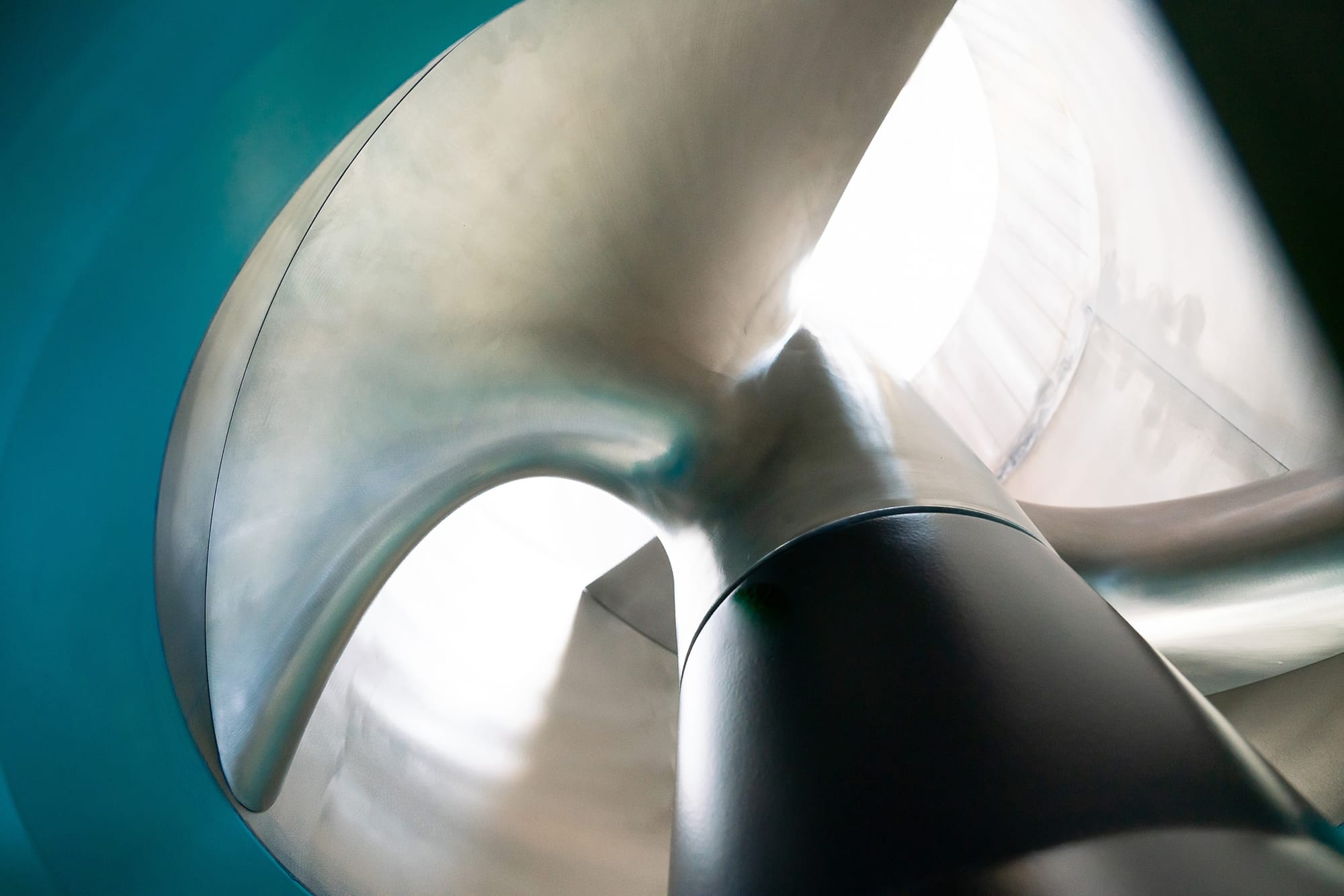
Is Natel primarily a technology provider or do you also develop your own hydro projects?
Natel is a technology and engineering company that’s dedicated to designing innovative FishSafe™ turbines, which enable high survival of fish passing downstream through hydropower sites. We see an incredible opportunity to modernize the hydropower fleet, keeping aging plants online to support flexible renewable power grids, while addressing fish passage - one of hydropower’s greatest challenges. Our core business activities are conducting feasibility studies to assess the potential for upgrade to FishSafe™, performing fish passage testing, and collaborating with trusted turbine manufacturers to implement Natel FishSafe™ turbine designs worldwide.
We use the same design principles and tools that conventional hydro-turbine manufacturers use, but what makes us unique is that, from the outset, we start with fish safety in mind - considering the specific dynamics of various fish species, while also optimizing for output and efficiency. Understanding the morphology of different species and life stages of fish that are passing through hydropower sites is critical because we can tailor our turbine runner designs to support both high fish survival and strong power performance.
Our FishSafe™ designs achieve the same high output and hydraulic efficiency as conventional turbines, with independently verified survival rates of 98 to 100 percent across multiple species and life stages!
Our expertise in design for high fish survival is supported by our on-site fish passage testing facility in Alameda, California where we conduct controlled studies with live fish passing through scale model turbines. This facility allows us to capture videos showing comparative passage of fish through Natel FishSafe™ turbines as well as conventional turbines - giving the world a view into what is really happening to fish in hydropower turbines, and how FishSafe™ designs can dramatically improve survival. Testing in the lab and at our projects in Oregon and Maine has allowed us to create highly accurate predictive models for fish survival that support our design process. A priority of our lab and field testing is also producing peer-reviewed publications that validate our designs' fish survival performance.
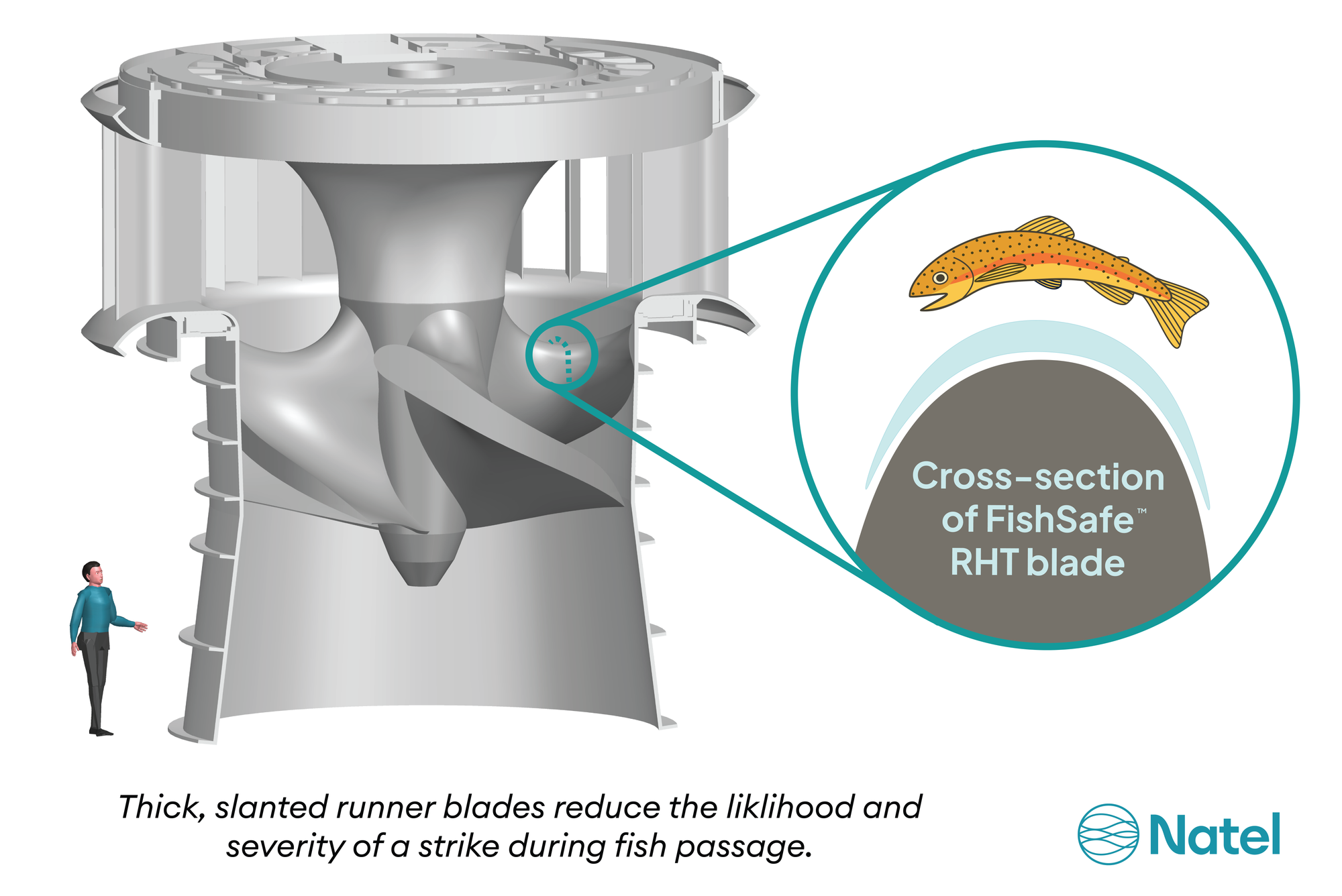
And how do you work with partners?
Partnerships are core to how we operate. On the commercial side, we approach projects working directly with owners to understand and address their fish passage and power production goals. We also collaborate with owner’s engineers who are working to assess the most cost-effective way for owners to meet fish passage requirements. Then, we work very closely with our OEM partners who are leading turbine manufacturers. They collaborate with us to do final design for manufacture, and to build and deploy our FishSafe™ turbines for both new projects and as retrofits to aging hydropower plants.
Our partnerships also go beyond commercial deals. Our technology is rooted in science, so we're deeply connected with the research community. We partner with national labs and universities to conduct critical research on fish passage and to develop detailed case studies demonstrating how our technology works in the real world. We also work with conservation groups who share our mission of protecting freshwater ecosystems, which ensures we’re always aligned with broader environmental goals.
Beyond the specific projects Natel is involved in, we believe in increasing the reliability, longevity and sustainability of the entire industry. To that end, we’re heavily involved with various hydro industry groups in the US and internationally. We listen to what the hydropower community needs, we share our knowledge, and we advocate for better outcomes for plant owners and fish alike.
Are your turbines adaptable to any hydro project size or are there limits?
Yes, one of the unique features of our FishSafe turbines is that they’re basically drop-in replacements. You take the old conventional turbine out - there’s no limit on turbine diameter - and you keep the same civil footprint. It uses the same shaft, generator, and wicket gates. All the rest of the power unit can remain the same, and you just replace the turbine. So, it provides a very cost-effective refurbishment solution.
There’s always been this historical perception that improving fish survival comes with tradeoffs. This comes from past attempts to design fish-friendly turbines that have involved significant compromises that increase cost or complexity, or are only available for limited applications. We’ve taken the best components of prior attempts to create fish-friendly turbines and added layers of new original science to create a technology that offers a win-win solution for fish protection and hydropower production. This is the first time in hydro history that there is no compromise between biodiversity and power production.
Hydropower is often considered a mature sector - where do you see the biggest untapped opportunities for growth?
Hydropower is already a reliable cornerstone of global renewable energy and it also holds immense untapped growth potential. Hydro is the world's third-largest electricity source and largest renewable, providing crucial baseload power and grid stability. As economies around the world electrify and AI usage continues to contribute to data center growth, hydro’s reliability and flexibility are essential to continuing to protect and decarbonize the world’s grids.
The biggest opportunities lie in two areas, both unlocked by innovative technology like Natel's. First, the existing hydropower sector is ripe for modernization. Over half of North America and Europe's hydropower fleet is over 50 years old and in need of upgrade. This presents a once-in-a-generation opportunity to replace outdated, fish-harming conventional turbines with FishSafe™ solutions that don't compromise efficiency and simplify operations and lower costs by eliminating the need for other fish protection measures like exclusion screening. Second, new hydro development is essential for growing clean energy capacity. As the International Hydropower Association stresses, all new hydro must be sustainable hydro.
Natel's FishSafe™ turbines are the key to unlocking both. By offering a true "win-win" - high fish survival without sacrificing output or efficiency – we can transform existing plants and enable responsible new builds.
Are you prioritizing any markets right now?
Our immediate focus is North America and Europe. As I mentioned, both of these geographies have aging fleets, and as those plants come up for relicensing they are facing new fish protection requirements.
Our technology is installed at a project in Austria that’s been operational since 2022, and we’ve secured another EU project that will be installed in 2026. In the US, we recently contracted a major retrofit project and we also began a design feasibility study for a project on the St. Lawrence River, addressing the critical need to protect American eel populations - which are globally threatened.
What about regulatory barriers?
Our technology has generally received a warm reception from regulators. Regulations for fish passage and specific survival targets vary by country and even from project to project within a given region, so, we spend a lot of time collaborating with regulators to understand their objectives specific to each site, and we work with owners and owner’s engineers to build common ground with regulators so that all parties see the mutual benefits of Natel FishSafe™ designs, for cost, ease of installation, efficiency, and fish protection. Regulators get what they want with improved fish passage, and owners get what they need to see continued return on investment in their plants.
Our focus on peer-reviewed research has been a game-changer - it helps regulators validate performance and make informed decisions. But, to really accelerate adoption, policy needs to evolve in order to keep pace with innovation - such that regulations mandate the best available technology for environmental and energy performance.
Could you walk us through how the turbine actually protects fish? What’s going on inside the system?
Absolutely, it was one of the key reasons I joined Natel! I’m an engineer, and I really liked the challenge: build a turbine that doesn’t sacrifice output, or efficiency, and still lets fish pass through unharmed.
The core innovation is that we make fish survival a primary design principle. It’s on par with power and efficiency - it’s not an afterthought. Our FishSafe™ turbines are the first in the industry to successfully pass fish of different species and life stages directly through the turbines without compromising energy output.
That’s achieved through thick, slanted blades that create an "airbag-like flow phenomena" - so fish glide through the turbine, avoiding damaging shear forces and lethal blade strikes that are common with conventional turbines. When fish are struck by a FishSafe™ turbine, the blade slant and blunt leading edge combine such that the fish experiences a mild, glancing strike and can keep swimming normally.
The added benefit is that FishSafe™ designs are up to five times more abrasion-resistant than conventional turbines - rocks and debris pass through more cleanly, which reduces maintenance and extends the lifespan of the unit!
What about efficiency - are you seeing real-world results?
Definitely! We have completed our contracted designs for a total of 1.1 GW of upgrades, and in some cases, we have been able to show high single-digit percent increases in annual output. Take our Monroe Drop project in Oregon. It’s been operating since 2020 in an irrigation canal system. Last year, it achieved 100% turbine availability and strong energy output - with over 98% rainbow trout survival, as confirmed by Pacific Northwest National Laboratory. That data was just published in a peer-reviewed journal.
We’re completing a growing list of designs for large hydro projects in both the US and Europe.
How does Natel engage with local communities when scoping projects?
We work closely with a wide array of stakeholders, given the nuanced intersection of hydropower and fish within river ecosystems. Hydropower contributes the reliable renewable energy our societies need, while fish are essential components of healthy ecosystems and serve important cultural and economic purposes. We share our work broadly with independent power producers, utilities, municipalities, conservation groups, regulators, NGOs, and Indigenous communities - really, the full spectrum of stakeholders. We’re part of a program started by Stanford’s Woods Institute called the Uncommon Dialogue, which brings together hydro operators, river conservationists, and Indigenous communities. It’s about bridging the historical gap between energy production and environmental protection.
Where do you want Natel to be ten years from now?
My ten-year vision for Natel is to see our FishSafe™ turbines become the global standard for hydropower upgrades and new builds. We’ll continue to be an advocate for biodiversity, with deep relationships across stakeholder groups, working to make hydropower the most sustainable form of renewable energy.
Hydro’s been around for 150 years, but there is a lot of incredible innovation happening and FishSafe™ turbines are key to unlocking hydro’s growth and supporting a reliable low-carbon grid.
The global market for hydro upgrades is estimated at around $130 billion through 2030 - that’s $25 billion a year. If turbines represent 20% of plant costs, that’s $5 billion annually, just for turbine replacements. Our FishSafe™ turbines let operators meet fish passage requirements without expensive modifications. In some cases, they even increase energy output.
So, it’s not just a win for sustainability, it’s the lowest total cost of ownership.
And that’s just for retrofitting! New hydro projects are a completely different frontier. The future needs to be powered by an energy system that embraces responsible modernization and ecological stewardship. Natel’s FishSafe turbines make it economically beneficial to not only produce renewable energy but care for the rivers we rely on.
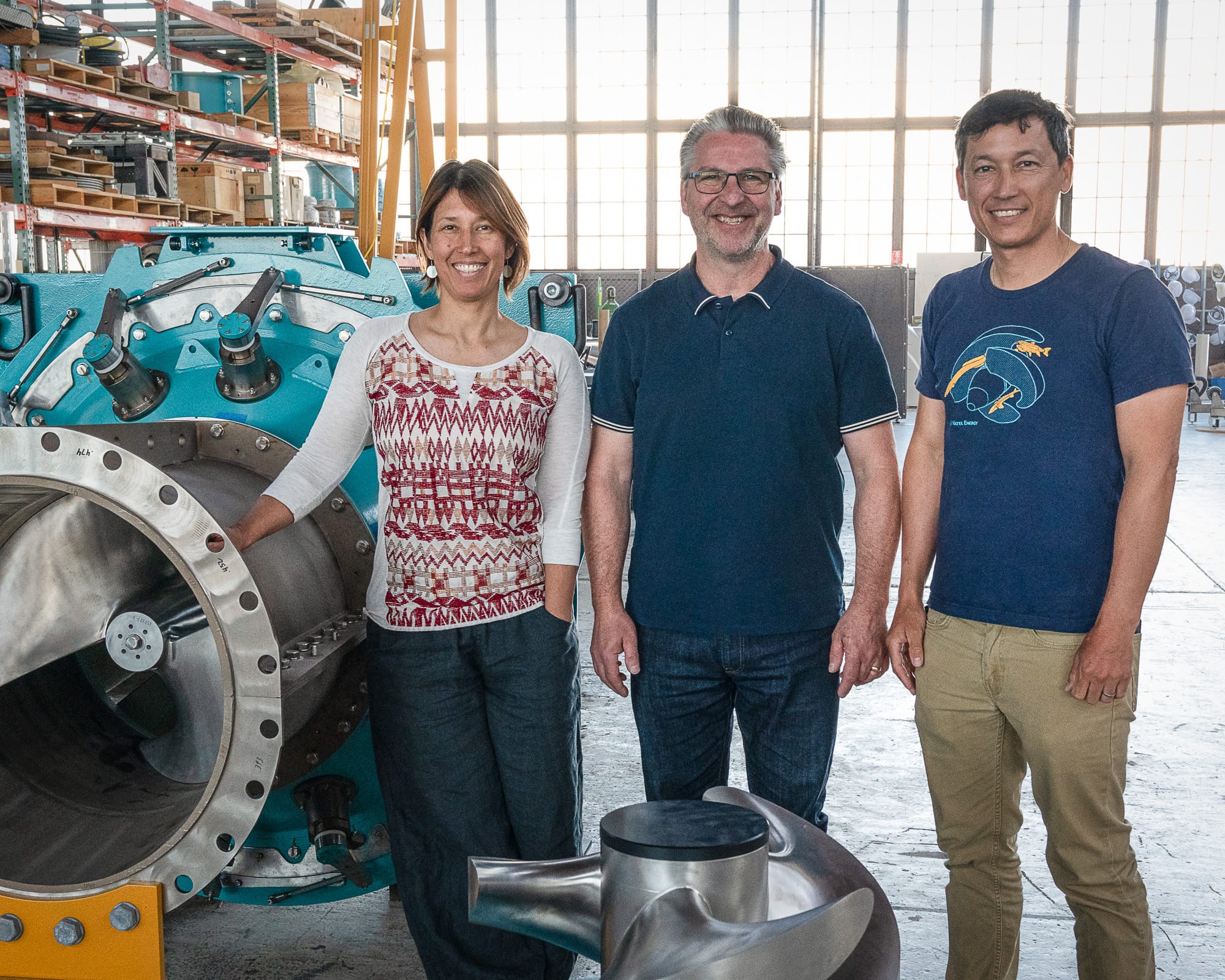
What advice would you give to someone entering the hydropower sector today?
Stay the course. Addressing climate change is a long game, but what you do today matters. Be persistent and be vigilant.
More than anything, practice collaborative leadership - not just in your company, but with all stakeholders. Strive for win-wins. No one should be left behind!
